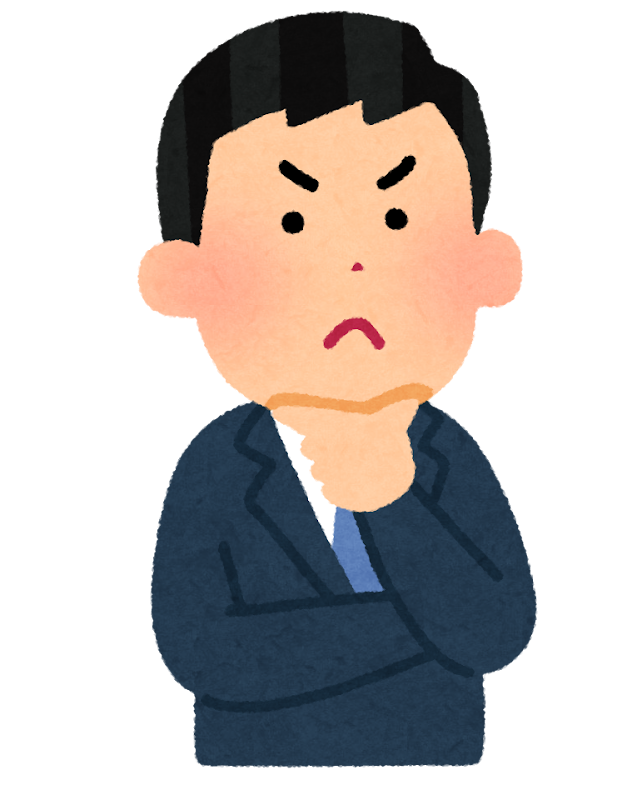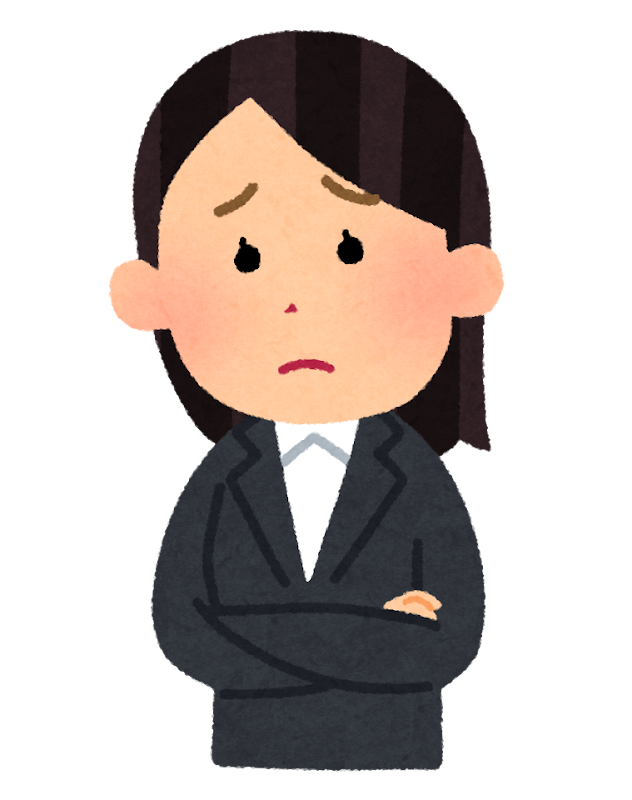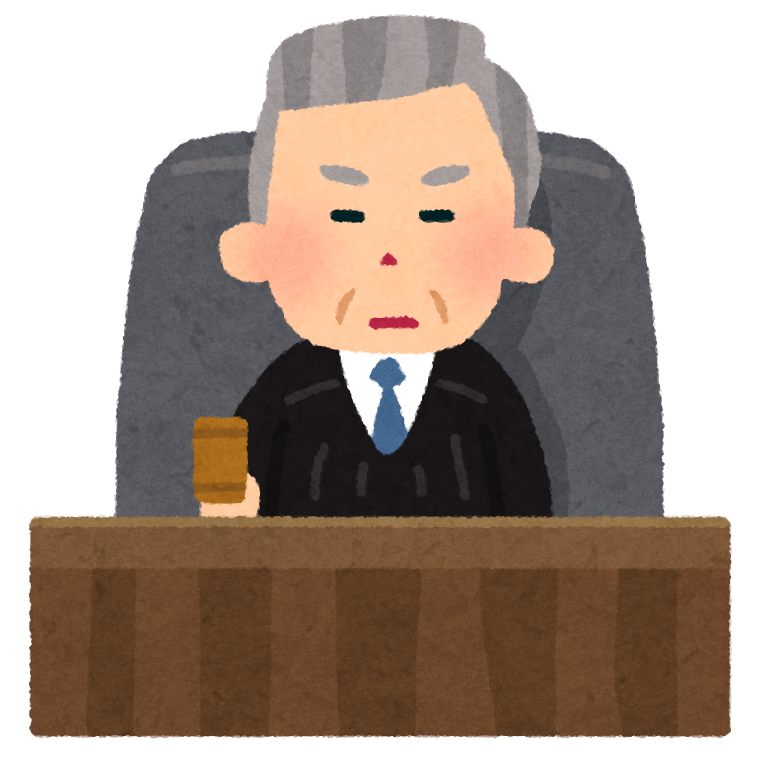Overview
This case concerns a patentee that manufactured and sold a component corresponding to a core module of an accused end product that was found to infringe the asserted patent. Although the patentee did not manufacture or sell the end product, it primarily sought damages under Article 102(1) and (2) of the Japanese Patent Act. These provisions address lost profits and infringer’s profits.
The lower court emphasized the lack of market competition between the two products and awarded only limited damages under Article 102(3), which provides for reasonable royalties.
On appeal, the IP High Court held both Article 102(1) and (2) applicable, noting the component’s central role in the end product’s technology.
Parties

Patentee (Appellee / Plaintiff in the lower court):
A Japanese company specializing in the development and manufacture of optical semiconductors and optoelectronic components. It filed the original lawsuit seeking damages under Article 102 of the Japanese Patent Act.

Defendant (Appellant / Defendant in the lower court):
A Japanese manufacturer of precision instruments and semiconductor production equipment. It appealed the lower court’s decision, including the determination of damages under Article 102.
For simplicity, the parties are referred to as “patentee” and “defendant.”
Legal Issue
The key issue was whether a patentee that sells only a component rather than the end product can claim damages under Article 102(1) or (2), which generally require competitive overlap (for lost profits) or a reasonable basis for assuming that the patentee would have gained the infringer’s profits.
Legal Framework: Article 102
Article 102 of the Japanese Patent Act sets out three presumptive methods for calculating damages in patent infringement cases.
- Lost profits the patentee would have earned but for the infringement
- Profits earned by the infringer (presumed to reflect the patentee’s loss)
- Reasonable royalties the infringer would have paid under a license
Articles 102(1) and (2) are considered primary. Article 102(3) applies where proving lost profits or infringer’s profits is impractical, often yielding lower damages.
The structure of the dispute is shown below. The patented stealth dicing (SD) Engine was alleged to correspond to a core module of the defendant’s SD Dicer, which is used to dice semiconductor wafers.
Note: Illustrations are conceptual and do not depict the actual products.

Lower Court Ruling
The Tokyo District Court found that the asserted patent had been infringed, but that the patentee sold only a component (SD Engine), not the end product (SD Dicer). As the SD Engine was part of the SD Dicer and the two products had different customers, the court found no competitive overlap and denied the application of Article 102(1). For the same reason, it also held that the infringer’s profits could not be presumed to reflect the patentee’s losses, and thus rejected the application of Article 102(2). Damages were awarded solely under Article 102(3).
High Court Ruling

The IP High Court upheld the finding of infringement but reversed the lower court’s decision on damages.
It found that the SD Engine, though technically a component, embodied the core technological features of the SD Dicer and was not merely auxiliary.
In Japan, SD Dicers were supplied almost exclusively by the defendant or a third party using SD Engines from the patentee. The court also found that the portion of the accused product—corresponding to the patented SD Engine—embodied essential features and was central to its market value.
Given this limited market structure, the SD Engine’s central technical role, and its contribution to the product’s competitiveness, the court reasoned that the patented invention contributed commercial value to the accused product, indirectly competed in the end product market, and could reasonably have resulted in sales for the patentee.
Therefore, the court found that the conditions for presumptions under both Article 102(1) and (2) were met. Ultimately, the court awarded damages under Article 102(2), as it led to a higher amount.
Practical Implications and Commentary
This ruling opens important possibilities for component suppliers seeking damages under Article 102.
Rather than insisting on direct market competition, the court focused on the specific factual context—such as the limited market structure, the component’s central technological role, and its impact on product competitiveness.
When such factors are present, presumptions under Article 102(1) and (2) may be found to apply, depending on how the facts align with the statutory purposes.
For companies that supply key technologies embedded in end products, this decision suggests a broader and more flexible path to asserting patent value—even without selling the end product themselves.
Case Information
- Court: Intellectual Property High Court of Japan, Division 4
- Case No.: 2024 (Ne) 10029
- Judgment Date: April 24, 2025
- Case Title: Damages Claim Appeal
- Japanese-language judgment: Full Decision (PDF)
